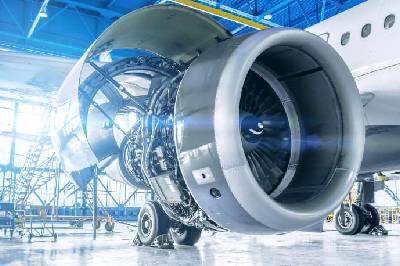
The used aircraft market continues to experience fluctuations as inventory levels dip lower while asking prices remain mixed across various categories. Buyers and sellers alike are navigating a changing landscape, influenced by factors such as supply constraints, economic conditions, and industry demand.
Declining Inventory Levels
The availability of pre-owned aircraft has been shrinking over the past year. Several factors contribute to this decline:
- Strong Demand: Many buyers, including private owners and corporate fleets, are acquiring used aircraft due to long lead times for new models.
- Limited New Aircraft Production: Supply chain disruptions and manufacturing delays continue to impact new aircraft availability, pushing more buyers toward the used market.
- Fleet Expansions: Charter operators and private jet services are expanding their fleets to accommodate increasing demand, further reducing used aircraft supply.
The decline in available inventory has made it more challenging for buyers to find well-maintained aircraft at competitive prices, intensifying competition within the market.
Asking Prices Show Mixed Trends
While inventory levels are decreasing, asking prices have shown a mixed trend across different aircraft categories:
- Business Jets: Prices for popular models remain strong due to limited supply and high demand. However, some older models have seen price corrections as buyers become more selective.
- Turboprops: The turboprop market remains relatively stable, with prices fluctuating based on model age, avionics upgrades, and overall condition.
- Piston Aircraft: Entry-level aircraft are still in demand, though prices have softened slightly as more inventory becomes available in this category.
- Helicopters: Certain segments of the helicopter market have experienced price increases, particularly for models used in emergency medical services and VIP transport.
Market Outlook for Buyers and Sellers
For buyers, the reduced inventory means fewer options, requiring flexibility in model selection or budget expectations. Those seeking high-demand models may need to act quickly and be prepared for competitive bidding.
For sellers, the current market conditions present an opportunity to maximize value, particularly for well-maintained aircraft with modern avionics and low flight hours. However, sellers of older models may need to adjust pricing strategies to align with shifting demand trends.
Conclusion
As used aircraft inventory continues to shrink, buyers and sellers must navigate a dynamic marketplace. Understanding pricing trends, monitoring inventory shifts, and staying informed on industry developments will be key to making strategic decisions in this evolving landscape. Whether buying or selling, market awareness and timely action will be crucial in the coming months.

Leave a Reply